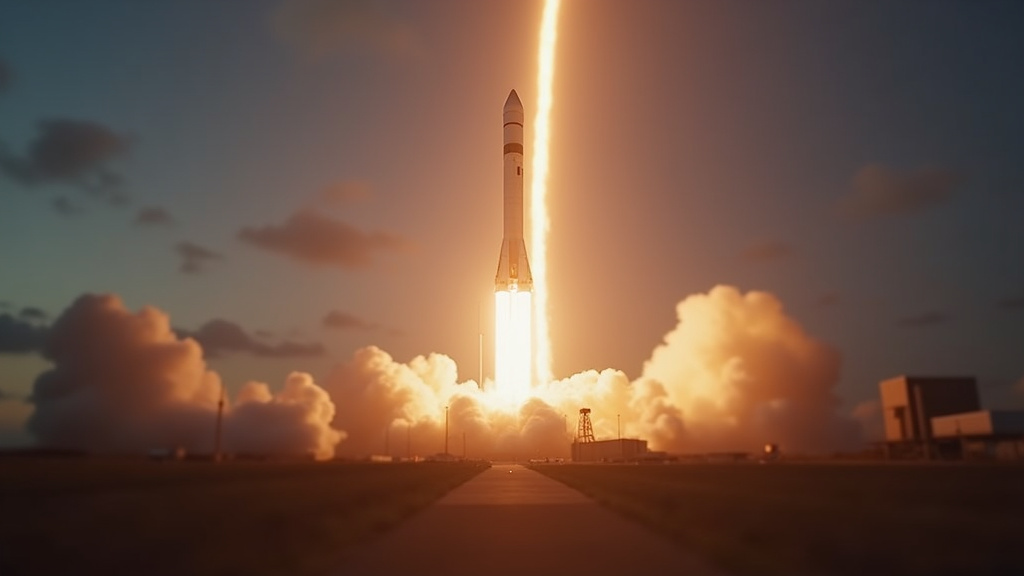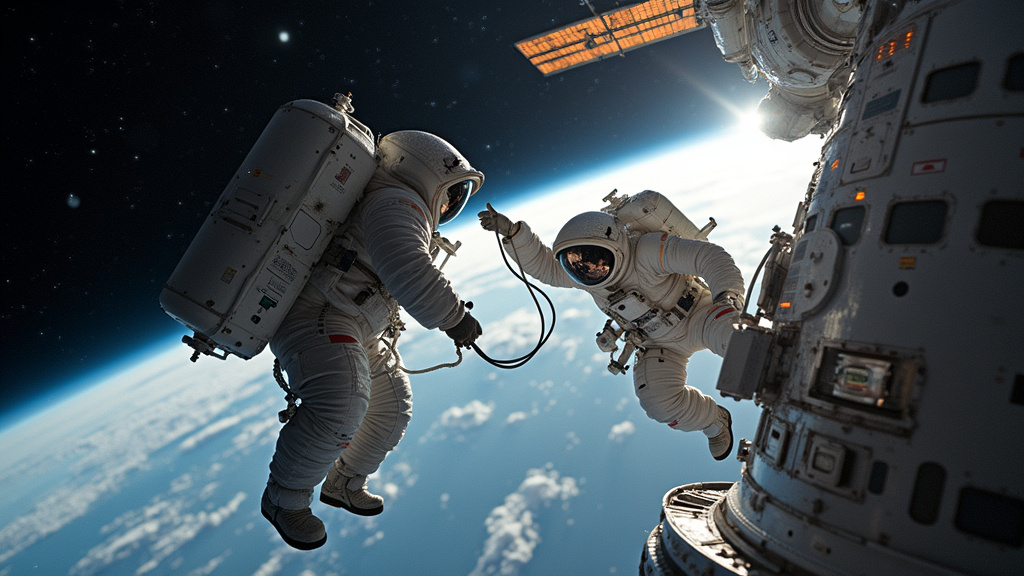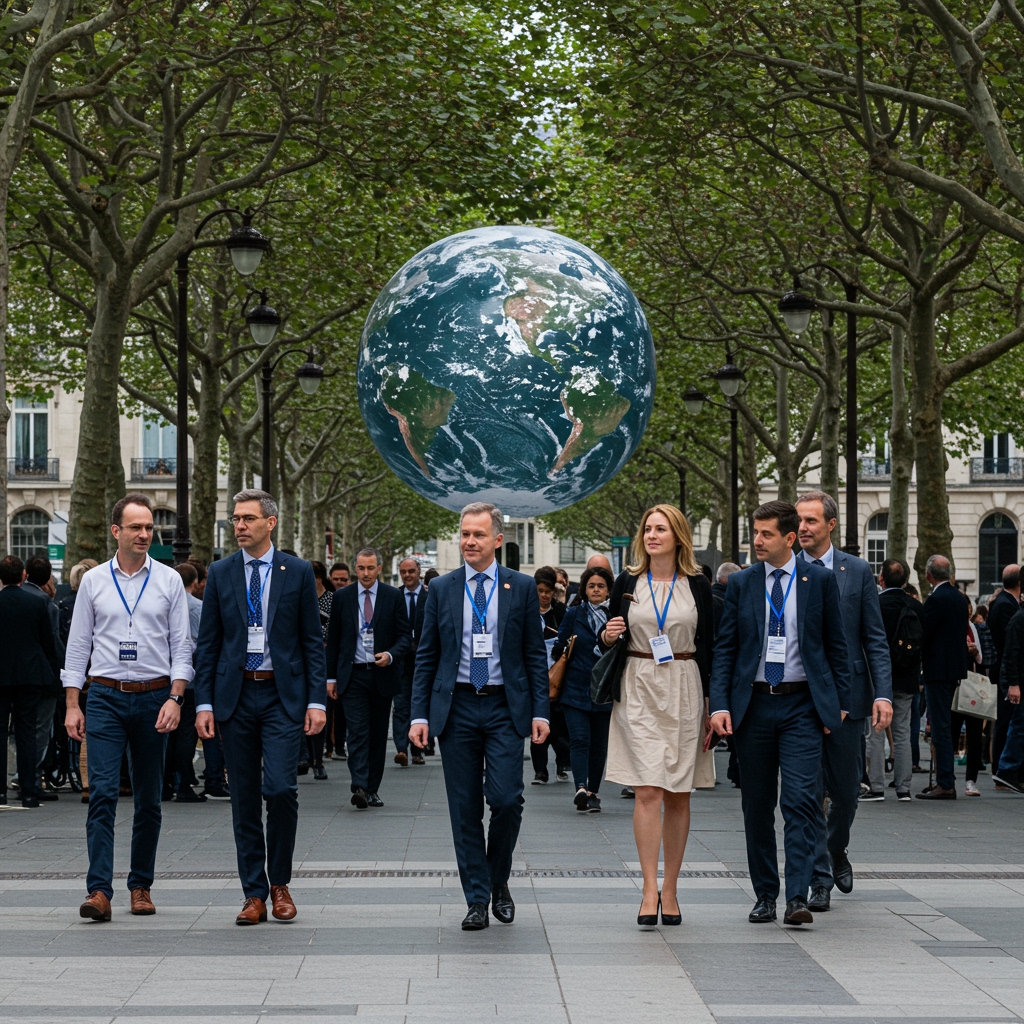The global space industry is witnessing a period of accelerated growth and capability expansion, highlighted by SpaceX’s successful execution of dual Starlink satellite launches and Rocket Lab’s inauguration of a state-of-the-art launch facility for its next-generation Neutron rocket. These major developments underscore the trending pace of innovation and competition within the commercial space sector, making these events top news in a busy calendar of space events.
SpaceX Continues Starlink Surge with Dual Coastal Launches
SpaceX has once again demonstrated its extraordinary launch cadence by conducting multiple Starlink missions, reinforcing its commitment to expanding global broadband internet access. On Sunday, August 31, 2025, the company launched its ninth Starlink mission of the month, successfully deploying its 1,900th Starlink V2 Mini satellite for the year aboard a Falcon 9 rocket from Cape Canaveral Space Force Station in Florida. This mission, designated Starlink 10-14, was part of SpaceX’s aggressive August launch schedule, which saw numerous Starlink deployments from both its East and West Coast launch sites.
In parallel, SpaceX also executed a launch from Vandenberg Space Force Base in California, sending an additional 24 Starlink satellites into orbit on August 30. These coordinated launches highlight SpaceX’s operational prowess and its strategy to rapidly build out the Starlink megaconstellation, which now comprises over 8,200 active satellites and serves customers in more than 130 countries. The company’s Falcon 9 boosters continue to set reuse records, with one booster flying for its 30th mission on August 28, showcasing the increasing efficiency and cost-effectiveness of SpaceX’s launch architecture. The Starlink network’s ongoing expansion is a testament to its role as a cornerstone of SpaceX’s growth, providing a vital revenue stream and enabling further ambitions in space exploration.
Rocket Lab Opens New Era with Launch Complex 3 for Neutron Rocket
Meanwhile, Rocket Lab has officially inaugurated its highly anticipated Launch Complex 3 (LC-3) at the Mid-Atlantic Regional Spaceport (MARS) on Wallops Island, Virginia. This cutting-edge facility is purpose-built to support the testing, launch, and recovery operations of Rocket Lab’s powerful, reusable Neutron rocket. The opening ceremony, attended by Virginia Governor Glenn Youngkin, marked a significant milestone for the company as it transitions from small-lift to medium-lift launch capabilities.
The Neutron rocket, standing at 141 feet tall, is designed to deliver payloads of up to 13,000 kilograms to low Earth orbit, positioning Rocket Lab as a key competitor in the commercial satellite constellation, national security, and interplanetary mission markets. LC-3 represents Rocket Lab’s fourth launch site globally and is the largest orbital launch site ever constructed at the Virginia spaceport, boasting robust infrastructure, including a substantial launch mount and advanced safety systems. The facility was completed in under two years by a team of over 60 engineers and contractors, underscoring Rocket Lab’s commitment to rapid development and operational readiness. Rocket Lab aims for the maiden flight of the Neutron rocket by the end of 2025, signaling a new phase of growth and capability for the company.
AI and the Evolving Space Ecosystem
These major global events are unfolding against a backdrop of significant technological advancements, with Artificial Intelligence (AI) playing an increasingly pivotal role. AI is being integrated across the space sector, from optimizing rocket assembly and flight systems at companies like SpaceX to enabling autonomous navigation and advanced data analysis for satellite constellations. The ability of AI to process vast amounts of data in real-time is crucial for managing increasingly complex space operations, enhancing situational awareness, and driving efficiency. Trends show AI becoming foundational for future space missions, including those related to lunar resource extraction, in-space manufacturing, and autonomous deep-space operations.
The space industry continues to be a dynamic arena, akin to large-scale events or festivals for technology enthusiasts and industry professionals. Beyond these launches and inaugurations, discussions around satellite technology and the broader implications of AI in space are constant points of interest, echoing the significance of major podcasts and major political event news that shape national and international strategies. As these companies push the boundaries of what’s possible, the coming years promise even more groundbreaking achievements in space exploration and utilization.





